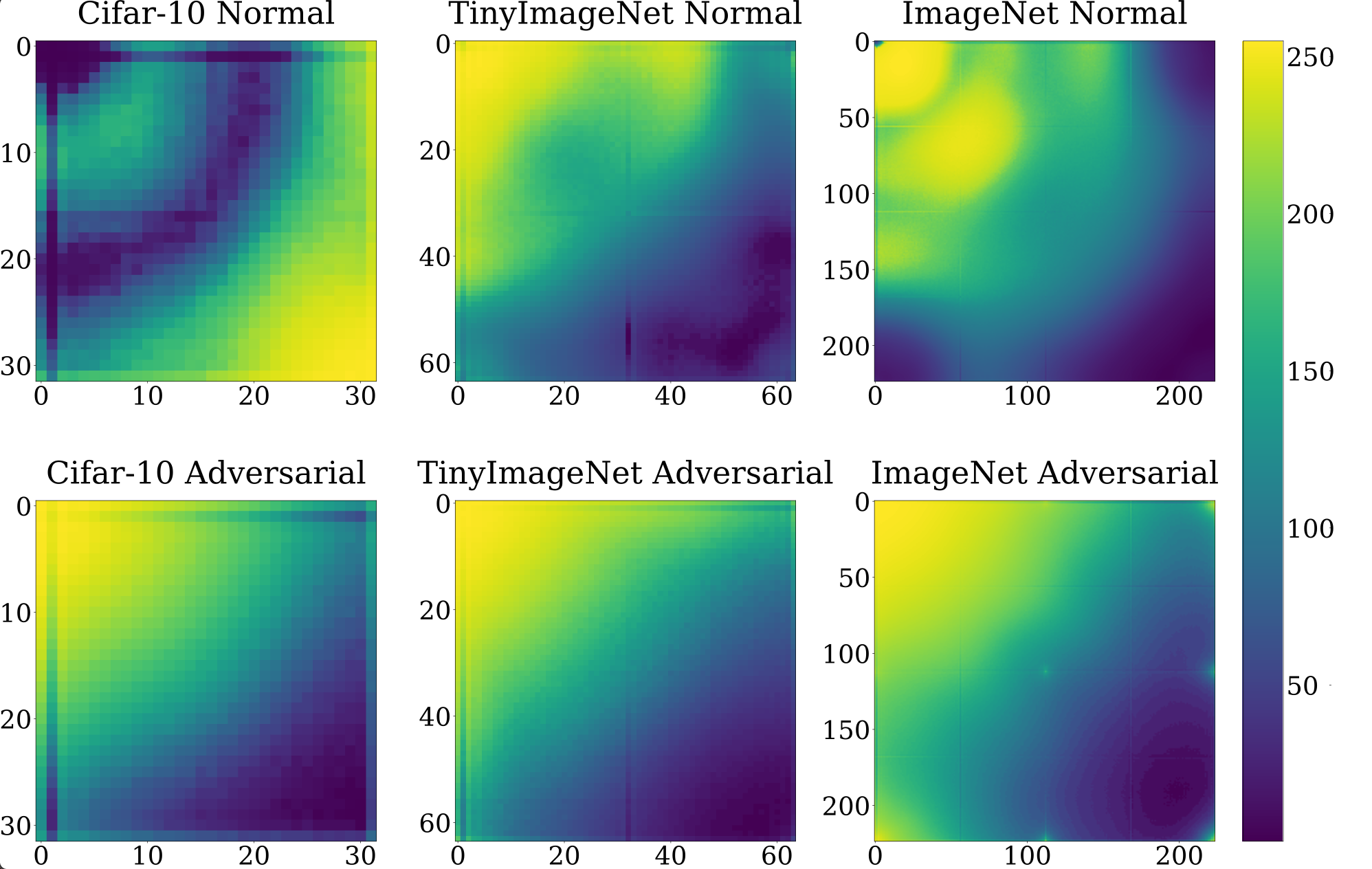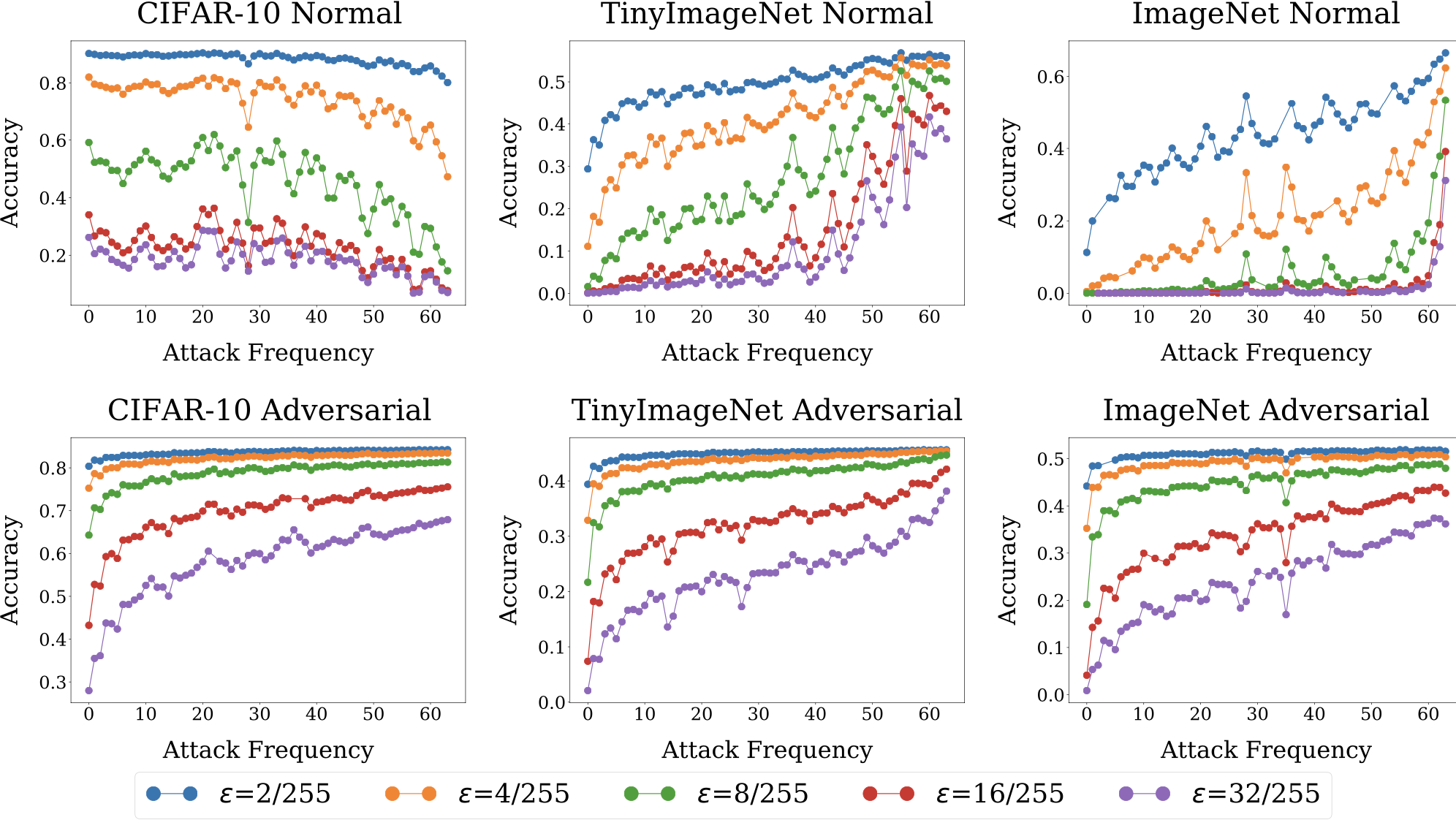Unifying the Harmonic Analysis of Adversarial Attacks and Robustness
Abstract
Adversarial examples pose a unique challenge for deep learning systems. Despite recent advances in both attacks and defenses, there is still a lack of clarity and consensus in the community about the true nature and underlying properties of adversarial examples. A deep understanding of these examples can provide new insights towards the development of more effective attacks and defenses. Driven by the common misconception that adversarial examples are high-frequency noise, we present a frequency-based understanding of adversarial examples, supported by theoretical and empirical findings. Our analysis shows that adversarial examples are neither in high-frequency nor in low-frequency components, but are simply dataset dependent. Particularly, we highlight the glaring disparities between models trained on CIFAR-10 and ImageNet-derived datasets. Utilizing this framework, we analyze many intriguing properties of training robust models with frequency constraints, and propose a frequency-based explanation for the commonly observed accuracy vs. robustness trade-off.
1) Adversarial Examples are "high-frequency" noise?

2) Mapping vulnerability by frequency.
